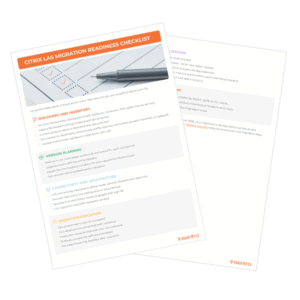Previously we explored the question of “why the cloud”, discussing the high level benefits as being Agility, Productivity and Cost Reduction and the things that influence what can be moved to the cloud. This time we will look at the key business considerations in “how” to move to the cloud.
Plan, plan and plan again
Do you remember as a kid, thinking that clouds were solid and you could glide across their soft fluffy surface? Only to have your imagination shattered when you found out you’d fall straight through them? Let’s apply that logic to cloud migrations.
Cloud migrations are inherently fraught with risk so planning and having the appropriate mitigation strategies in place is critical. Expect the unexpected and be ready to look at not just the technical transformation but more so the business impact of the change. Many organizations fall into the trap of seeing a cloud migration as being akin to a data center migration, which is indeed the case when moving to a private cloud, however, certainly not when moving to a public cloud. A data center has a physical presence where cloud storage is only called down to Earth when you need it. Having a well-documented, communicated and solid yet flexible plan is key to a smooth migration.
Understand that cloud is a journey. The path will be ever-changing and the features and flexibility of today will be enhanced as technology becomes more advanced – so expect that from your journey too.
Approach
Now that there is a plan in place, consideration needs to be given to the tools being used to perform the migration. Depending on the workload being shifted and its dependencies, different tools will be available to facilitate a smooth migration. No one tool will be appropriate for all workloads so be prepared to invest accordingly. We will discuss different tools later on in this blog series.
Whilst it may seem counter intuitive, cut your teeth on the lowest priority workloads. Many companies choose to move Development and Test workloads first, this provides an initial business benefit as when the work day ends you can turn the workloads off and instant savings. But the greater long term business benefit is that now the developers are “in the cloud” they can start leveraging the new features which can be incorporated into the next release once production has moved to the cloud.
Insentra can help you plan and implement your Cloud journey from start to finish. We can help insulate that cloud so you really can bounce across without any problems. Our service capabilities can help you make confident choices for your business. Get in touch with us today for any and all of your cloud needs.











